US Navy Losses in the Red Sea
May 10, 2025
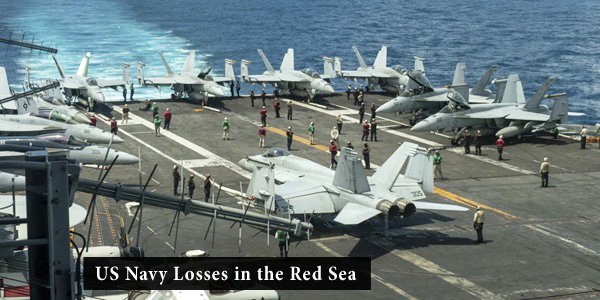
The Red Sea has emerged as a critical flashpoint in the escalating regional confrontation between the United States and Yemen’s Houthi group. Despite originating from one of the poorest nations in the region, the Houthis have posed a significant challenge to the U.S. Navy’s operational effectiveness in the Red Sea.
Since 2024, particularly following intensified operations in 2024 and 2025 under “Operation Prosperity Guardian” and its successor “Operation Rough Rider,” the U.S. Navy has faced mounting threats from missile, drone, and maritime attacks launched by the Houthis. These confrontations have led to significant material losses for the U.S. Navy, including the destruction of several unmanned systems, at least two manned aircraft, and even incidents causing serious injuries to U.S. military personnel.
This report provides a comprehensive analysis of the losses sustained by the U.S. Navy from late 2024 through April 29, 2025, with a focus on incidents from March 15, 2025, onward, as well as earlier events that shaped the operational environment.
US Naval Operations in the Red Sea
In response to repeated Houthi attacks on commercial shipping lanes, the U.S. Navy expanded its operational footprint in the Red Sea. The Houthis, equipped with a growing arsenal of drones, cruise missiles, and ballistic missiles, have posed a persistent threat to both naval and commercial vessels. The USS Eisenhower Carrier Strike Group, followed by the USS Harry S. Truman Carrier Strike Group, has led maritime security efforts in the region.
The U.S. and its allies have conducted numerous strikes against Houthi positions, but these efforts have been met with sustained retaliation. The result has been a prolonged naval campaign involving both kinetic engagements and intelligence, surveillance, and reconnaissance (ISR) operations.
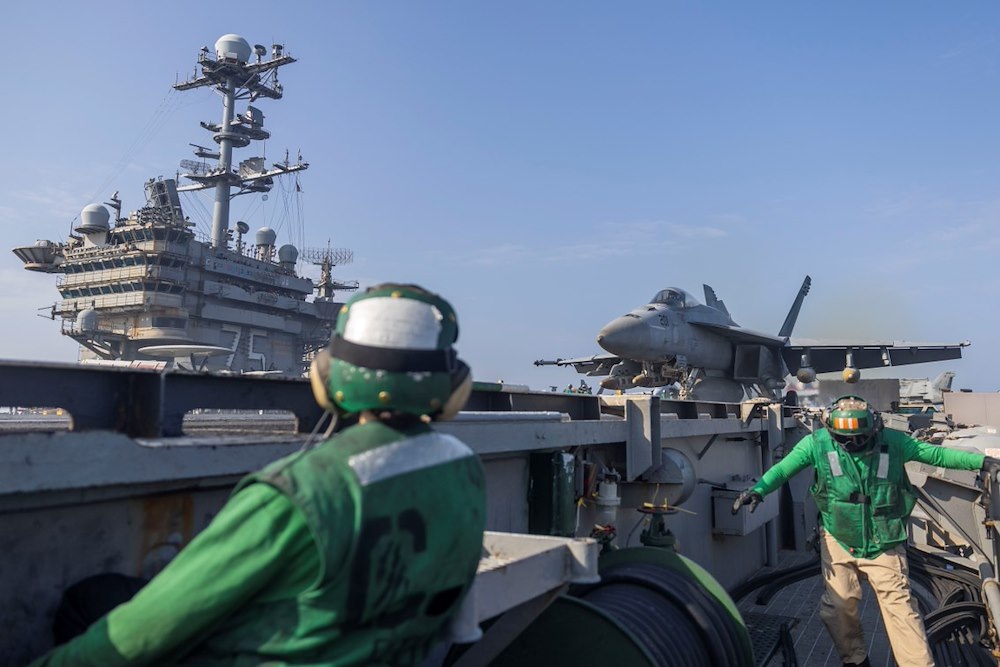 U.S. Carrier Air Wing (CVW) 1 conducts routine flight operations from the Nimitz-class aircraft carrier USS Harry S. Truman (CVN 75) in the U.S. Central Command area of responsibility. (Image Credit: U.S. Navy)
U.S. Carrier Air Wing (CVW) 1 conducts routine flight operations from the Nimitz-class aircraft carrier USS Harry S. Truman (CVN 75) in the U.S. Central Command area of responsibility. (Image Credit: U.S. Navy)
Major Losses and Incidents
1. Friendly Fire Incident – December 22, 2024
One of the most damaging and controversial incidents in this operational theater occurred in December 2024, when the U.S. Navy mistakenly shot down one of its own fighter jets.
• Incident Details: Two U.S. Navy F/A-18 Super Hornet pilots ejected from their aircraft over the Red Sea after a U.S. guided missile cruiser “mistakenly” fired on the aircraft in an apparent friendly fire incident. The Navy later acknowledged that the cruiser had misidentified the aircraft as hostile.
• Outcome: Both pilots were recovered alive, one with minor injuries.
• Significance: This was the first major friendly fire incident in the campaign, exposing command-and-control vulnerabilities in high-stress, high-threat environments where U.S. vessels operate under elevated alert levels due to drone and missile threats.
2. MQ-9 Reaper Drone Losses (January – April 2025)
Between January and April 2025, the Houthis shot down seven U.S. MQ-9 Reaper drones over the Red Sea and Yemeni territory.
• Capabilities of MQ-9s: These high-end ISR and strike drones are integral to U.S. operations, valued at approximately $30 million each. The loss of seven units constitutes a financial setback exceeding $210 million.
• Tactics Used: The Houthis used surface-to-air missiles (possibly Iranian-supplied) and small arms fire to bring down these slow-moving drones.
• Operational Impact: These losses disrupted ISR coverage, hampering the U.S. Navy's ability to maintain persistent surveillance over Houthi coastal installations and missile launch sites.
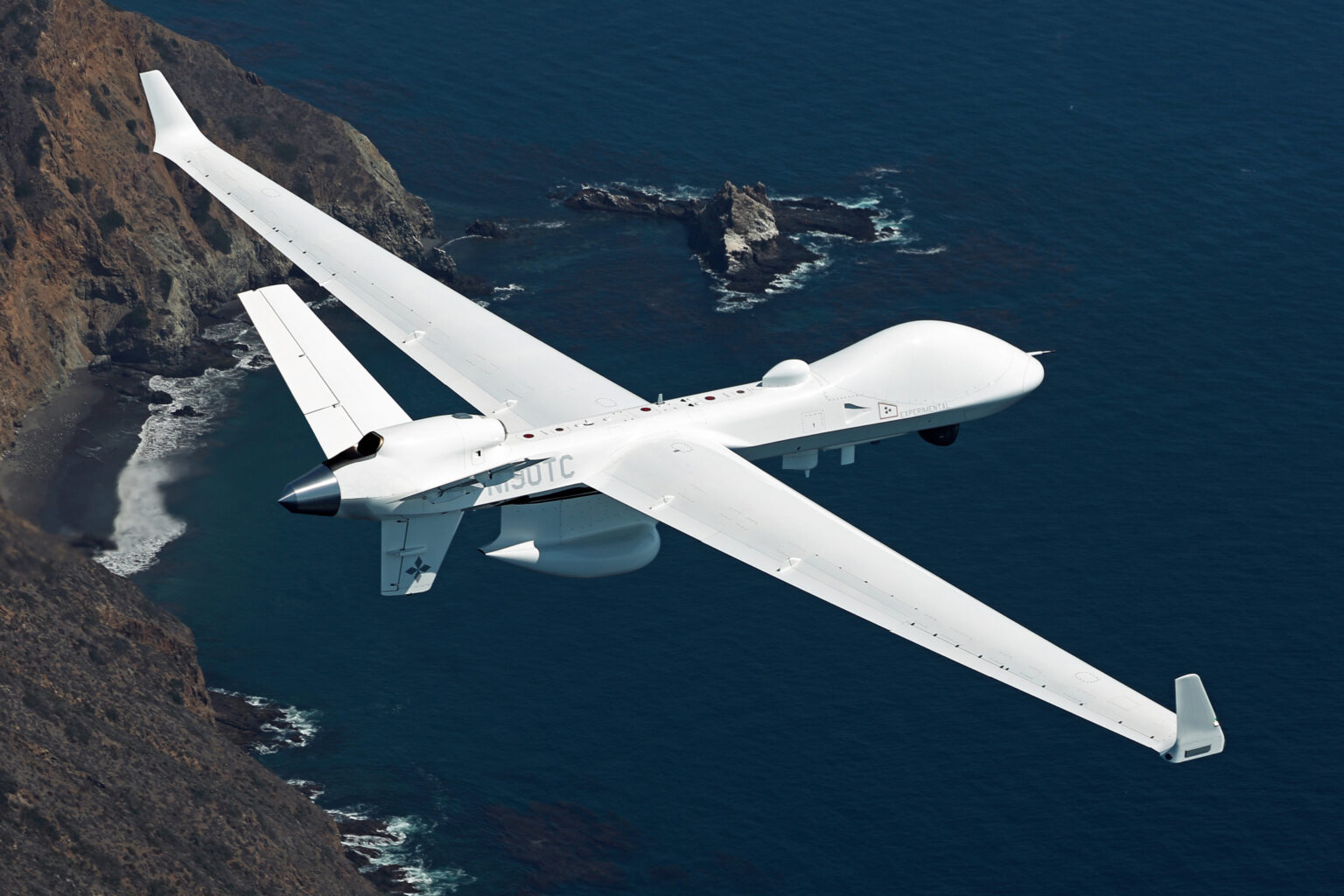 GA-ASI’s MQ-9B SeaGuardian Remotely Piloted Aircraft. (Image Credit: General Atomics Aeronautical Systems)
GA-ASI’s MQ-9B SeaGuardian Remotely Piloted Aircraft. (Image Credit: General Atomics Aeronautical Systems)
3. F/A-18E Super Hornet Lost at Sea – April 28, 2025
A U.S. Navy F/A-18E Super Hornet was lost at sea on April 28, 2025, in what appears to be a non-combat accident indirectly caused by operational stress.
• Details: The aircraft fell overboard from the deck of the USS Harry S. Truman during intense maneuvers as the carrier conducted evasive actions to avoid incoming Houthi drones and missile threats.
• Cost: Estimated at approximately $60 million.
• Implications: While not the result of enemy fire, the incident highlights the strain on aircrew and deck operations during continuous high-alert conditions.
4. Second F/A-18F Super Hornet Lost – May 6, 2025
For the second time in just over a week after the first incident, the USS Harry S. Truman lost another fighter jet to the Red Sea. A U.S. Navy F/A-18F Super Hornet fell overboard while attempting to land on the carrier. According to officials, a failed landing maneuver caused the aircraft to tip off the flight deck and into the sea.
• Details: Both aviators aboard the jet ejected safely and were rescued by a helicopter from Helicopter Sea Combat Squadron (HSC) 11. The crew sustained only minor injuries.
Officials have stated that the incident may have been triggered by a failure of the aircraft arresting system during landing operations. Compounding the difficulty, the Truman was reportedly executing evasive maneuvers against suspected Houthi threats at the time.
• Cost: The aircraft, valued at approximately $67 million, has yet to be recovered, and the investigation is ongoing.
• Implications: This latest loss comes just a week after a separate Super Hornet aboard the Truman was lost during towing operations in the hangar bay, when control of the aircraft was lost, causing both the plane and the tow tractor to be pulled into the sea.
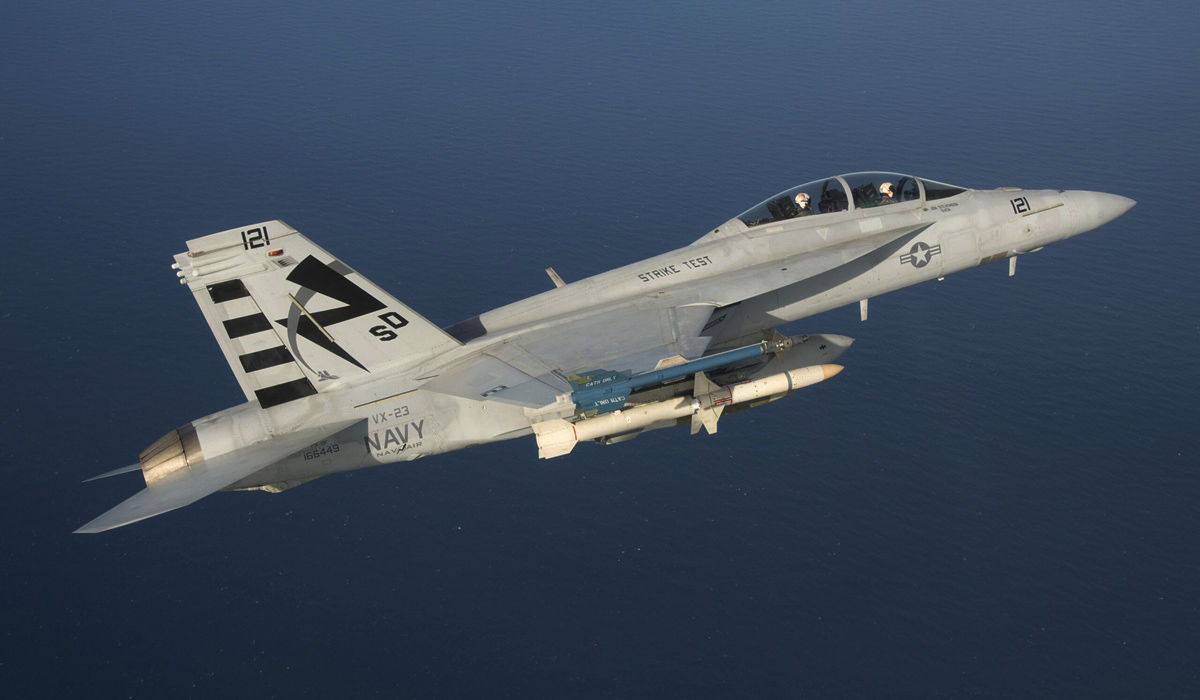 An F/A-18F Super Hornet armed with AARGM-ER. (Image Credit: US Navy/Greg L. Davis)
An F/A-18F Super Hornet armed with AARGM-ER. (Image Credit: US Navy/Greg L. Davis)
5. Collision Incident – February 12, 2025
Though not directly tied to enemy action, a noteworthy maritime mishap occurred on February 12, 2025, when the USS Harry S. Truman collided with a Panamanian-flagged merchant vessel, the Besiktas-M, near the Suez Canal.
• Outcome: No injuries or damage were reported, but the commanding officer of the carrier was relieved of duty.
• Operational relevance: This incident, combined with Houthi attacks, reflects the dense traffic and complexity of operations in the Red Sea corridor.
Operational and strategic implications of long-term naval operations
1. Financial burden
The financial toll of drone and aircraft losses, coupled with missile expenditures, has reached well over $1 billion in just a few months. These escalating costs strain both procurement cycles and future readiness at a time of heightened global tension.
2. Rules of Engagement (ROE) under stress
The friendly fire incident in December 2024 exposed the fragility of Rules of Engagement (ROE) systems under stress. Operating in an environment of constant threat and frequent false positives increases the likelihood of deadly mistakes. This risk is further magnified by growing reliance on automated systems and rapid-response protocols.
3. Tactical adaptation by Houthis
The Houthis have proven highly adaptive to U.S. naval tactics. Their strategy of launching simultaneous waves of drones and low-flying missiles aims to overwhelm U.S. defense systems. This approach forces expensive interceptions and increases the probability of successful strikes.
4. Naval fatigue and rotational strain
The high operational tempo in the Red Sea has placed significant strain on U.S. Navy personnel and platforms. Prolonged deployments of carriers and cruisers, combined with a complex and evolving threat environment, are taking a toll on morale and raising the risk of accidents.
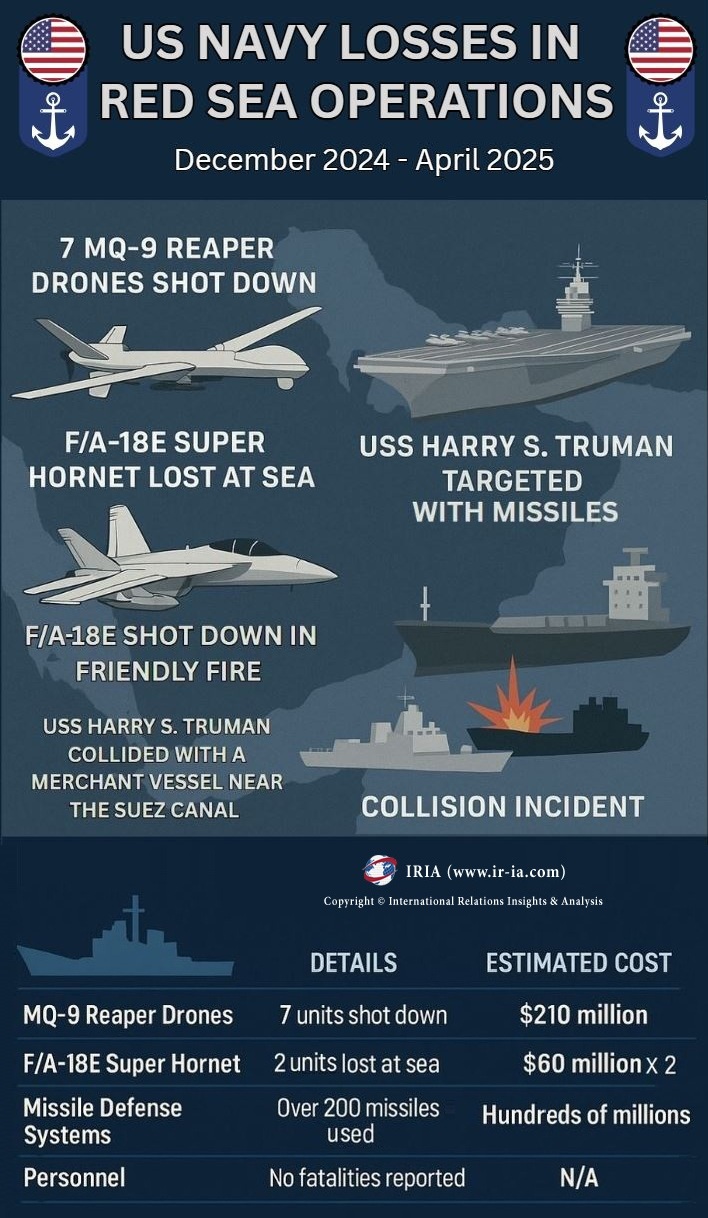
ALSO READ:
Regions
Issues

















 World’s Top 10 Tactical and Combat Drones
World’s Top 10 Tactical and Combat Drones Advanced Robotic and Autonomous Weapon Systems
Advanced Robotic and Autonomous Weapon Systems








